I ended Part 2 by asking why Ravel’s orchestral version of Mussorgsky’s Pictures at an Exhibition is so famous (it’s played MUCH more often than Mussorgsky’s original, by the way…).
Then I claimed that Ravel does much more than simply transfer Mussorgsky’s composition to the orchestra. Instead, he “thinks” in the new medium, the orchestra. Ravel was a phenomenal orchestrator.
I would like to show you that today with an example. To do so, I must first introduce you to…
...Orchestratorix!

Orchestratorix is a fictional composer and orchestrator. He is very proud to have spent his student years in Paris (like Ravel). There he learned the craft of orchestration solidly. I would describe his skills as average (but shhh! He doesn’t like to hear that!).
Orchestratorix will orchestrate a passage from Mussorgsky’s piano composition while we look over his shoulder. Then we’ll look at how Ravel orchestrated the same passage. And then…you’ll see 😉
Ready? Let’s go!
Let’s take a look at the beginning of the number “Bydlo”. In the picture that Mussorgsky set to music here, you can see an ox cart rolling through the countryside. Below is an excerpt from Mussorgsky’s autograph. For our purposes, the dynamic indication is most important, which I have marked in blue.
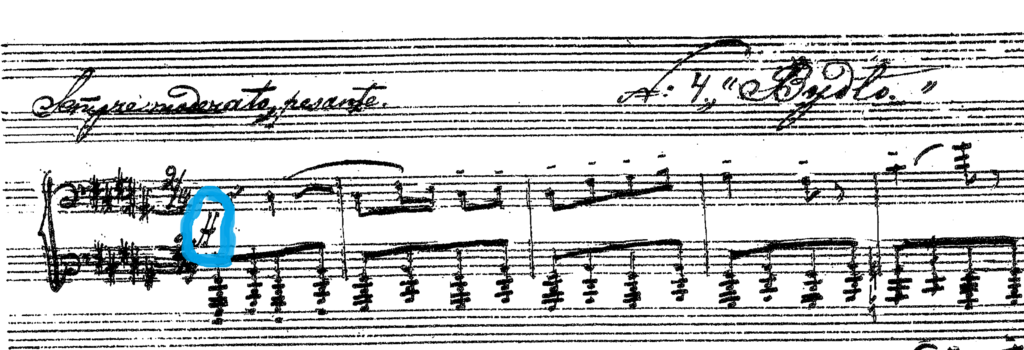
Mussorgsky prescribes ff here, which means fortissimo, which means very loud. (If you’re not that familiar with these terms, no problem: you can read about them in my overview article on dynamics in music).
Listen to how this sounds (the audio sample lasts about 3 minutes):
Valentina Lisitsa (piano)
Good. Now let’s see how our averagely talented Orchestratorix would write this passage for orchestra….
Looking over the shoulder: Orchestratorix orchestrates "Bydlo"

“Very loud means very loud, doesn’t it?! It’s a good thing that I have the whole orchestra at my disposal and not just the piano like poor Mussorgsky. I can help him to make this beginning REALLY loud.
I give the melody to the high woodwinds, the horns and the high strings. I also double the melody in several registers at the same time, which gives an even stronger sound.
What is played in the left hand in Mussorgsky’s piano version, I give to the bassoons, cellos and double basses. Wow, what a gigantic sound! Listen to this!”
Orchestratorix’ orchestration of Mussorgsky’s Bydlo
Thank you, Orchestratorix.
I’m sure you realize: Orchestratorix’s version is not bad. After all, he didn’t do anything “wrong”: he read that Mussorgsky demands fortissimo, and transferred this demand to the orchestra. He has all the instruments play in their strongest register. No question, the orchestra musicians will have fun, and the audience will be impressed by the power of sound.
But… Can’t it be a bit more…hm…artful? 😊
Orchestratorix has a problem: Since he started right away with the full orchestral sound, he can’t increase the effect in the rest of the piece.

Orchestratorix:
“But Mussorgsky says fortissimo!”
True enough, Orchestratorix, true enough. But let’s see how your colleague Ravel wrote the same passage for orchestra…
Looking over the shoulder: Ravel orchestrates "Bydlo"
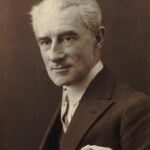
“With his dynamic indication fortissimo, Mussorgsky obviously wanted to express the natural force of the oxen pulling the cart. Of course, to represent an approaching ox-cart only with the piano is very difficult, because the means are so limited. How could I help to express more clearly the impression of a rolling ox cart with the means of the orchestra?
I imagine that the ox-cart is first seen from far away. Perhaps it even emerges from the fog… the stamping of the oxen is the only perceptible thing at the beginning.
I therefore don’t start fortissimo, but quite softly…I give the melody to the tuba, which has a delicate sound in this register….
Slowly the cart comes closer…Since I started so softly, I now have enough room to increase. I add the high strings to it….
Now the cart rolls right past the observer. I double the melody in several registers, add timpani and percussion, and now prescribe the fortissimo that Mussorgsky already had at the beginning…”
Well? That’s something quite different, isn’t it? 😊

Orchestratorix:
“Hm…”
That’s what I meant by Ravel not simply transferring, but thinking the orchestral sound. Instead of approaching orchestration as a purely mechanical task, he asks what the intention of the original was – and then brings it out more clearly. Brilliant.
That’s why Igor Stravinsky said the following about Ravel:
"He is the Swiss watchmaker among composers."
There is no better way to sum it up.

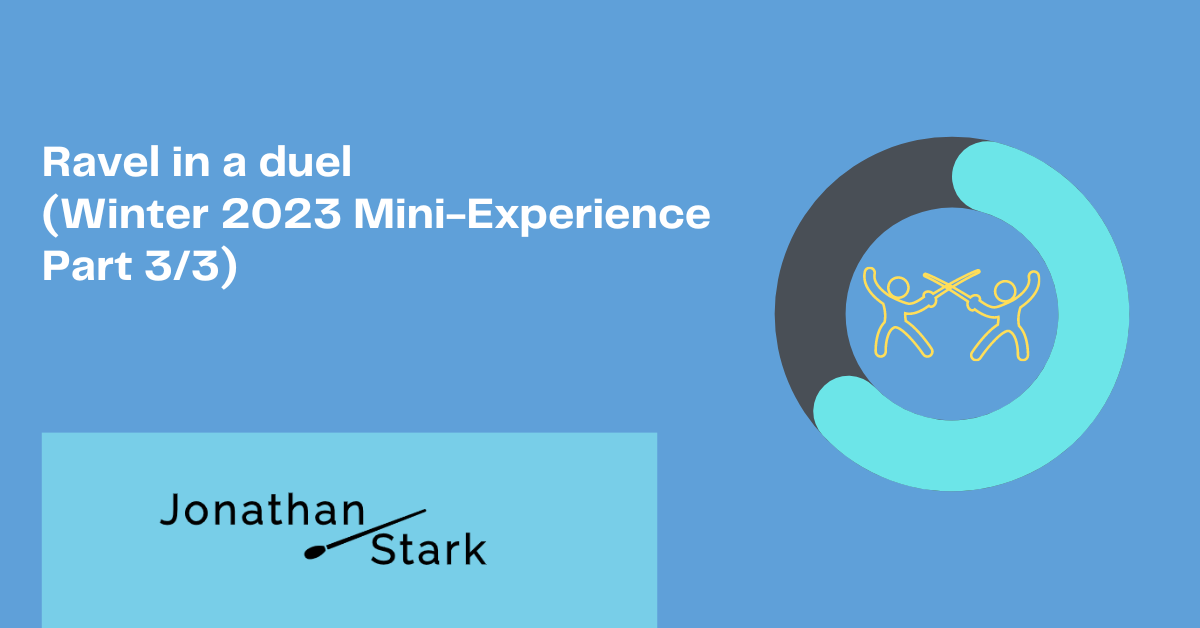
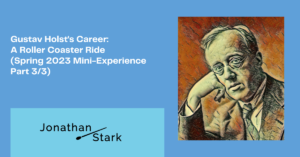
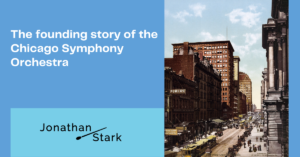
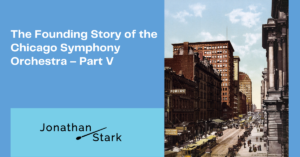
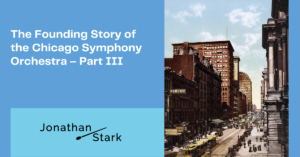


I like the way you present your music knowlegde in a nice and inspiring discovery adventure for us, Jonathan! You are brilliant 🙂
Thank you, Elena! 🙂